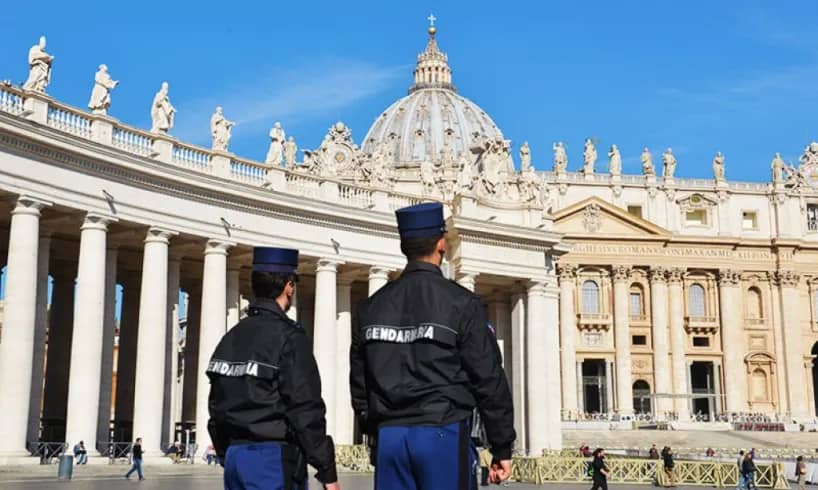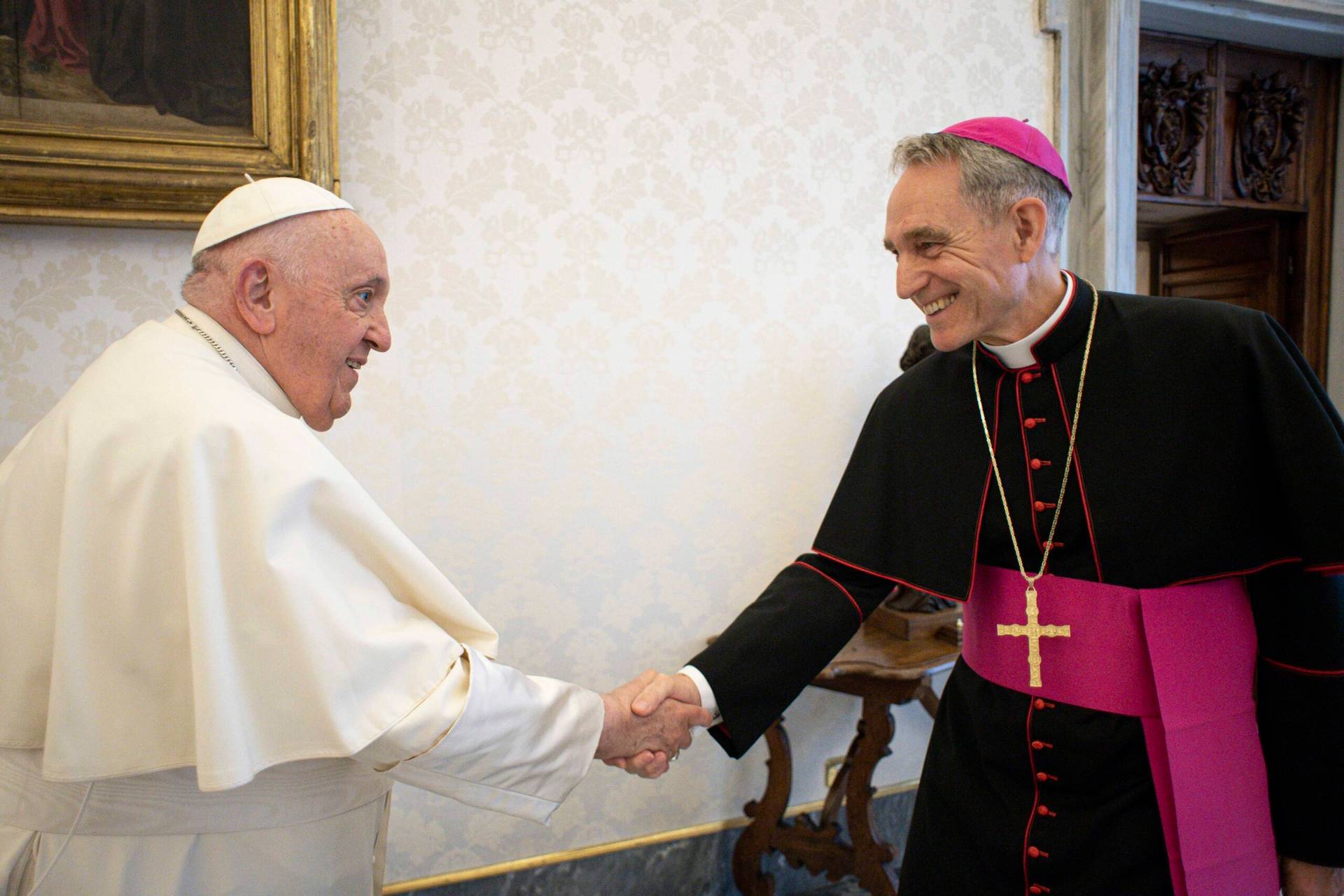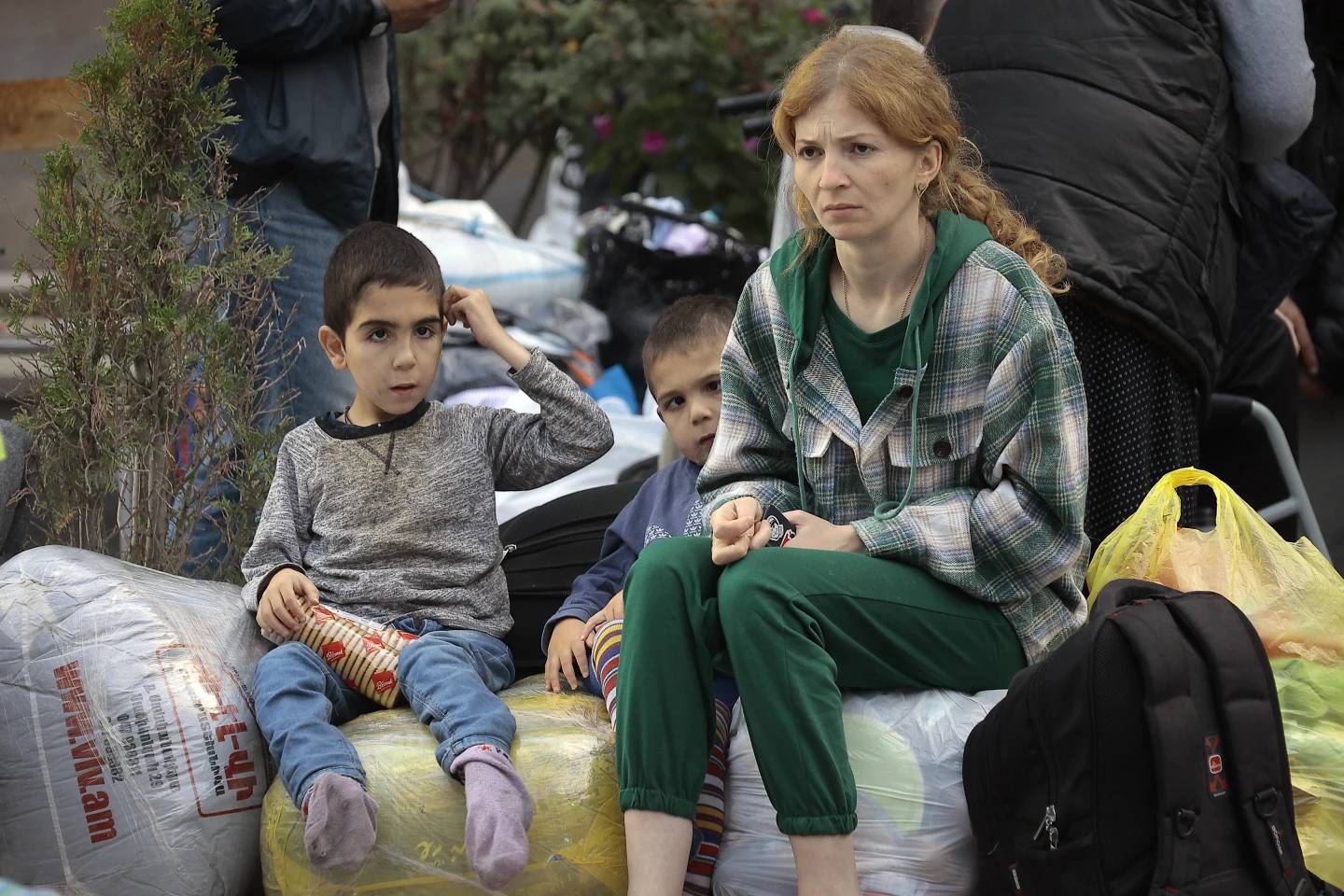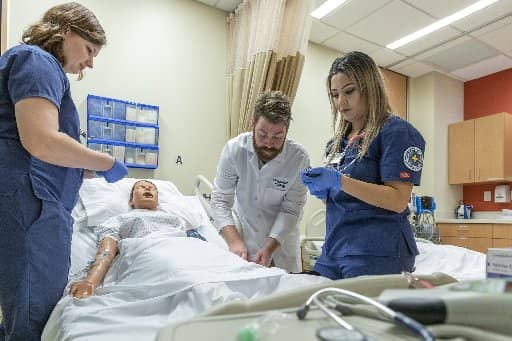ROME – My wife and I have a Sunday tradition of heading out to one of our favorite Roman restaurants for lunch after morning Mass, a place called Arturo’s located on the Via Aurelia Antica. The food is amazing, the setting picturesque, and the staff expert and kind.
All that makes it a popular spot among locals for the traditional Italian family lunch. Most Sundays around 2:00 p.m. it’s groaning with about 250 to 300 people, as grandparents, parents, aunts and uncles and children all gather around crowded tables, laughing, scolding the kids, and savoring a leisurely multi-course meal accompanied by plenty of wine.
Yesterday at 2:00 p.m., by way of contrast, there were a grand total of 52 people, including my wife and myself. Everyone else stayed away, undoubtedly fearing the assembramenti, or “gatherings”, which have become the new bogeyman of the Italian popular imagination amid fear of the COVID-19 virus.
The owner, a longtime friend, told us that from a strictly business point of view, he should just shut down for the next month and send his staff home. Yet, he said, he can’t do it because his employees need the income.
Attempting to find some gallows humor in the situation, he brought out our favorite after-dinner liquor with a hand-scrawled label reading, “Anti-Viral, Anti-Bacterial, Disinfecting, Prolongs Life!” while sporting a medieval plague doctors mask.
Such scenes are playing out up and down Italy these days, especially in the country’s northern Lombardy region centered on Milan, where an estimated 12 million people are under what amounts to house arrest. Italy now has the highest total of deaths related to the coronavirus outside China – as of Monday evening the count was 463, with a total of 9,172 cases of infection.
As the disease spreads across the county, Prime Minister Giuseppe Conte announced Monday night that a series of restrictive measures originally imposed on 14 northern areas will now, as of this morning, be extended to the entire country. Museums, schools, universities, theatres, cinemas, gyms and public pools all have been shuttered by government decree, while restaurants and pubs have been ordered to close at 6:00 p.m. every day. People are not allowed to move from one region to another unless they present a form, which they fill out themselves, declaring they have a “proven work reason” or “serious matters of family or health” to justify their travel. Italy’s obsessively followed soccer championships also have been suspended.
Moreover, the Italian bishops have cancelled all public Masses, weddings and funerals until at least April 3 – during Lent, no less.
Fears over the contagion already have induced panic and anger. There were mob scenes over the weekend at Milan’s train stations as people tried to flee the “red zone” before the clampdown went into effect, and some prisons now are facing riots over the suspension of family visits. At least six people died in one such uprising in Modena, located in Italy’s northern Emilia-Romagna region.
How bad have things become? Governor Michele Emiliano of the southern region of Puglia actually posted a video appeal on Facebook over the weekend begging his people presently in the north of the country, especially the hardest-hit region of Lombardy, not to come home.
“I’m speaking to you as if you were my children, my brothers, my nieces and nephews: Stop and turn back,” Emiliano pleaded. “Get off at the first train station, don’t fly to Bari or Brindisi, turn your cars around, or get off the bus at the next stop.”
“Don’t carry Lombardy’s epidemic into our Puglia,” he urged.
What makes the appeal ironic is that normally, officials in the underdeveloped Italian south beg people who’ve emigrated north in search of work to come back. Now it’s the exact opposite, trying to persuade them to stay away.
Here in Rome, one could easily imagine it’s August, not March, and that the city is in the grip of the ferragosto doldrums, a mid-August holiday when the city empties out as Romans head to the mountains or the beach. In fact, about the only positive thing to be said for the coronavirus is that it’s done what no other power on earth could, which is to make Roman traffic bearable.
The situation is so fluid that responses are evolving almost hour-to-hour.
Also Sunday, we went to the 9:00 a.m. Mass at our neighborhood parish of Santa Maria Regina Apostolorum, run by the fathers of St. Vincent Pallotti. (As a footnote, the church was built in 1924 by the Italo-American Province of the Pallottini, so it seems a natural home for a couple of Americans who’re also italianizzati.)
Normally, Sunday Masses are so packed in the small church you need to get there early to be sure of finding a seat. This time, however, the congregation was sparse, no more than about 30 people, and the celebrant set a new land speed record for a Sunday liturgy, with the whole thing lasting a grand total of 27 minutes bell to bell.
At the end of Mass, the pastor announced that beginning next Sunday the parish would add more Masses in order to spread out the crowds and to maintain the one-meter distance between people recommended by the government. Beginning next week, he said, there would be Masses at 9 a.m., 10 a.m., 11 a.m., noon, 3:00 p.m., and 6:30 p.m. Moreover, he said, if the weather is nice Masses would be celebrated outdoors in the courtyard rather than inside the church, “in order to provide greater tranquility.”
Just nine hours later, those plans went up in smoke when the Italian bishops announced the suspension of all public liturgies.
A couple of hours later, the Pontifical North American College, home to American seminarians in the Eternal City, posted an update on its website announcing that the station church liturgies would be cancelled for the remainder of Lent. One of the most cherished annual traditions in Rome, Mass is celebrated at a different historic church each morning during Lent at 7:00 a.m., with the English-language liturgy organized by the NAC.
As it happens, we attended what turned out to be the last such Mass this year at the Altar of the Throne inside St. Peter’s Basilica Saturday morning.
Afterwards, we did what any right-thinking American in Rome would do, which is to head for a nearby eatery called “Homebaked,” featuring honest-to-God authentic American breakfasts and lunches, run by a genial entrepreneur from Buffalo named Jesse Smeal and his Italian wife Carolina Mafera.
Since it felt like half the student body from the NAC was there, business was brisk. Smeal told us, however, that it was a rare exception, and he’s frankly not sure if the numbers add up to staying open between now and whenever in early April things may, theoretically, begin to improve.
As our contribution to the common good, my wife Elise and I have resolved to eat at Homebaked as often as possible until things get better, as long as restaurants can still remain open prior to 6:00 p.m. We’ll observe all the common-sense precautions recommended by health authorities — maintaining one meter of distance from others, not shaking hands or exchanging the usual Italian kisses of greeting, and so on. But since neither of us are elderly and we don’t have underlying conditions, we should be reasonably safe, and we want to show solidarity with friends.
It’s a grim Lenten sacrifice to commit to consuming probably the best Buffalo chicken wrap on the planet on a semi-regular basis (except Fridays, of course), but someone has to take the hit. See you, therefore, at Homebaked, where for now we can still eat, drink and be merry while waiting for the apocalypse to lift.
I promise to remain at least a meter away — unless, that is, you get between me and my buffalo wrap.
Follow John Allen on Twitter: @JohnLAllenJr
Crux is dedicated to smart, wired and independent reporting on the Vatican and worldwide Catholic Church. That kind of reporting doesn’t come cheap, and we need your support. You can help Crux by giving a small amount monthly, or with a onetime gift. Please remember, Crux is a for-profit organization, so contributions are not tax-deductible.


















